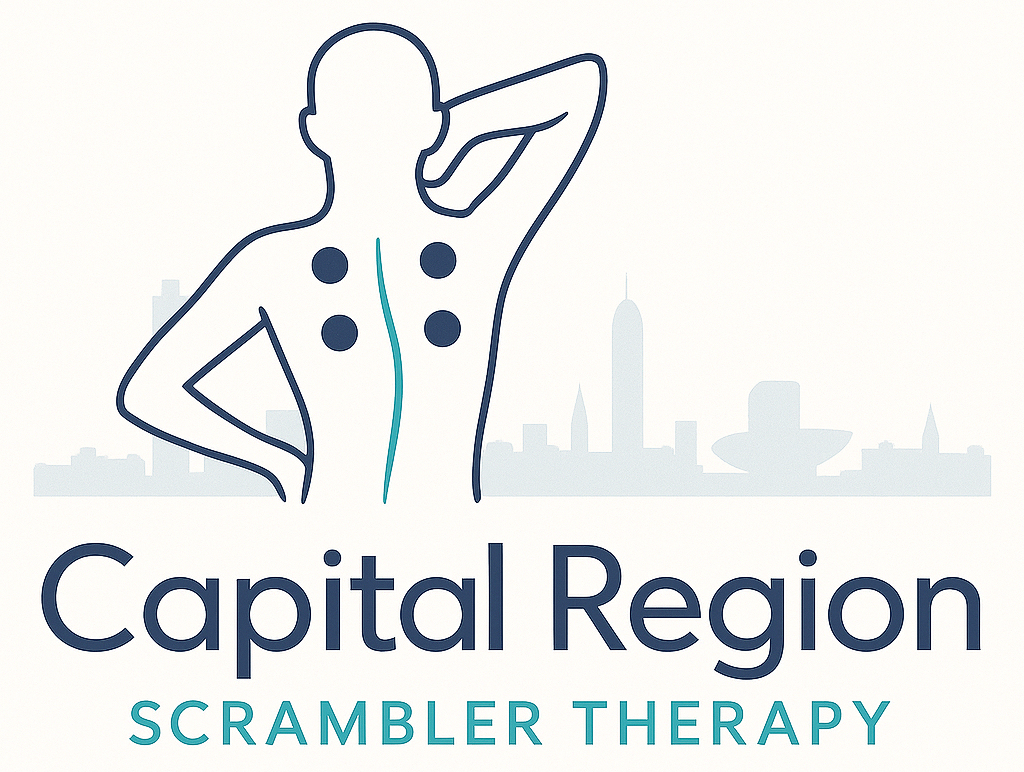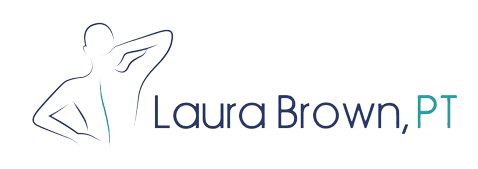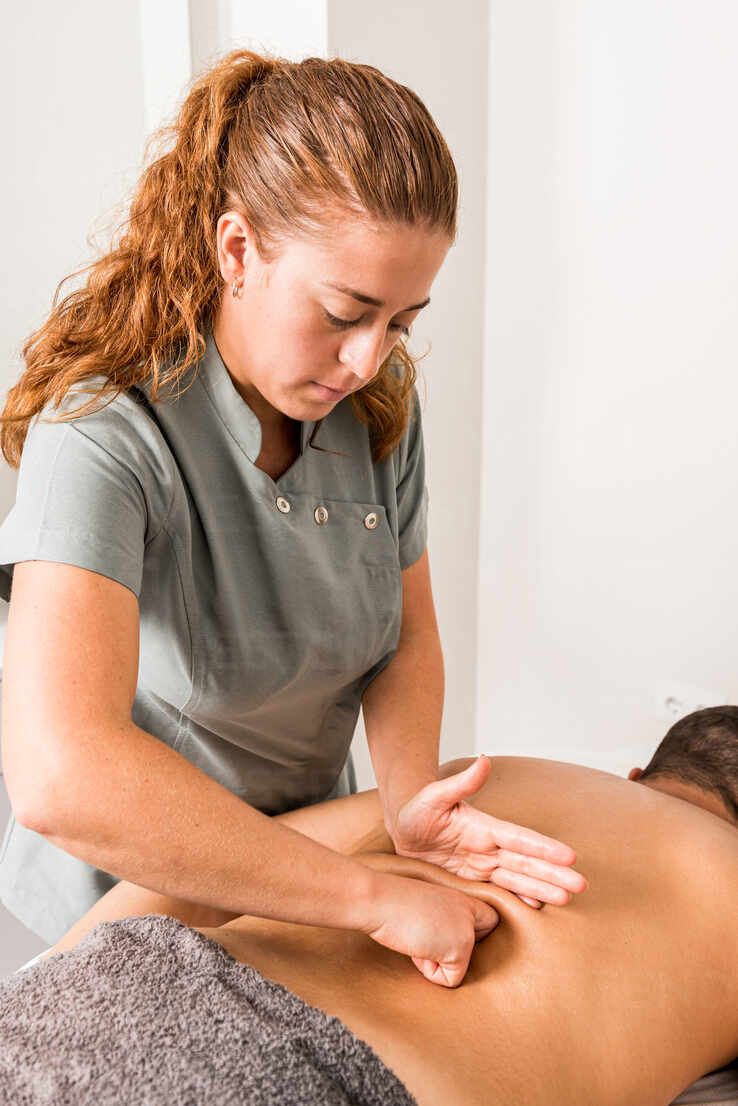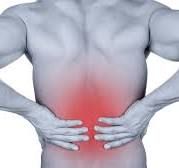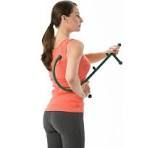Foam Rolling: More Bang for Your Buck
Foam Rolling: A Simple Tool to Boost Your Recovery Between Massages
One of the most common questions I hear from clients is: "What can I do between massages to keep making progress?"
One simple but powerful answer: foam rolling.
Foam rolling is a form of self-myofascial release - a way to target tight muscles and fascia (the connective tissue that surrounds muscles) using gentle pressure. It’s not a replacement for hands-on therapy, but it’s a fantastic complement, helping you maintain flexibility, improve circulation, and address those stubborn areas that sometimes need a little extra attention.
Why Foam Rolling Matters
Regular foam rolling can:
- Improve mobility and flexibility
- Reduce muscle soreness after exercise
- Help prevent minor aches from turning into bigger issues
- Support overall tissue health by boosting blood flow
In short, it’s a way to stay proactive with your body’s maintenance between sessions.
Precautions to Keep in Mind
While foam rolling can be very beneficial, it’s important to use it safely:
- Start slowly. Spend just a minute or two on each area, especially if you’re new to it.
- Avoid rolling directly on joints, bones, or very inflamed areas. Focus on muscle tissue, not bony structures.
- Listen to your body. Foam rolling might feel uncomfortable at times, but it should never feel sharp, stabbing, or make things worse.
- Breathe. Deep, relaxed breathing helps your nervous system stay calm and receptive during rolling.
If you're ever unsure whether foam rolling is right for a particular injury or condition, it's best to ask your therapist or healthcare provider first.
Choosing the Right Foam Roller
Not all foam rollers are created equal. Here’s what to look for:
- Density: Beginners often do better with softer foam rollers. Firmer rollers provide more intense pressure but can be too much if you're just starting.
- Surface texture: Some rollers are smooth, while others have ridges or bumps. A textured roller can target deeper layers but might feel too aggressive for sensitive areas.
- Size: Standard rollers (about 36 inches long) are great for working on larger areas like the back. Smaller rollers or massage sticks can be useful for travel or more targeted work.
If you’re not sure where to start, I’m always happy to help recommend a roller that’s right for your needs and goals!
Final Thoughts
Your body deserves care every day, not just on the days you come in for treatment. Foam rolling is an easy, affordable way to keep your muscles happier, healthier, and better prepared for your next session.
With just a few minutes a day, you can make a big difference in how you feel.
As always, if you have any questions about techniques, areas to target, or how to fit foam rolling into your routine, don’t hesitate to reach out. I’m here to help you make the most of every step on your healing journey.



